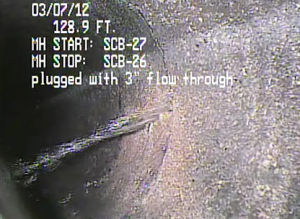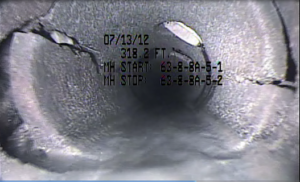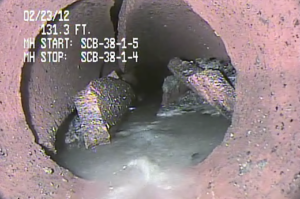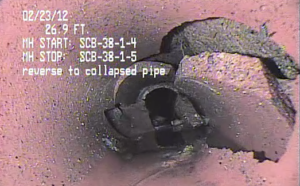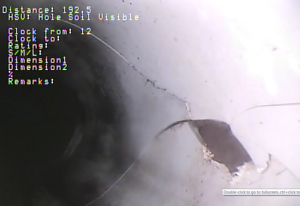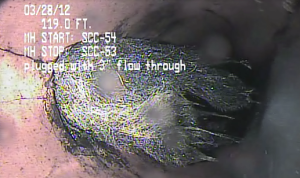By David Marcum, PE
You awaken one morning to find work crews and loud equipment outside your house. You learn that they are in the process of rehabilitating city sewer lines, something that has rarely, if ever, crossed your mind. Or maybe the problem is located down the street, and you’re not sure why workers with large and noisy vehicles are parked and blocking the street at your house.
Sometimes, the repair of a problem at one site must be accomplished from a different location in the system. Extensive thought and preparation determine the location of repair sites and the overall process of sewer rehabilitation.
Much of our nation’s infrastructure is designed to make life better and ideally function unnoticed without any need to worry. Wastewater systems are installed to operate smoothly without concerns of interruption of service or pollution of the environment. However, like much of the world’s infrastructure, wastewater systems have a limited lifespan, and many are now in need of attention and repair.
Wastewater pipes carry sewage to treatment plants, which process it so that water can be returned to the environment. These pipes and plants are designed to work at specifically calculated capacities. As sewer pipes age, they can leak or crack, allowing rainwater, groundwater and sometimes inflow directly from streams into the pipes. This extraneous water can enter the pipes at a rate greater than the system can accommodate.
During periods of heavy rain, known as wet-weather events, the amount of water entering the system can be substantial. As the excess water accumulates downstream, it can dilute the sewage to a point that it disrupts the biological balance necessary to treat the sewage at the treatment plant. It also can back up into the system, overwhelming system capacity and creating serious problems at pump stations and treatment plants, which leads to spillage.
Obviously, the cost to completely replace outdated or damaged sewer systems is prohibitive. Sewer rehabilitation analysis most often identifies locations in the pipes where inflow and infiltration (I&I) are occurring.
Originally, many sewer systems were designed in combination with storm sewers (known as “combined sewers”). In the era before sewage treatment, communities dumped sewage directly into streams and rivers, letting the next town downstream deal with contaminants in the water. Routing stormwater through sanitary sewers meant only one set of drainage pipes had to be constructed and during periods of rain, stormwater would flush the residual sewage out of the pipes.
Combined sewer systems had to accommodate wildly varying amounts of flow, from steady but small sewage intake to heavy rain events. Overflows were always a possibility, either along the pipeline system or at downstream treatment plants overwhelmed by stormwater. Additionally, it was difficult to design and select the most effective pipe sizes for correct sewage flow without knowing the stormwater flow contributed. These combined systems are no longer considered acceptable, and the remaining combined sewers are slowly being retired or replaced.
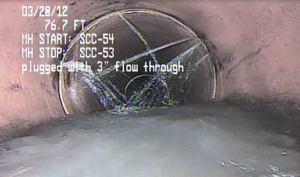
Infiltration: groundwater entering the sewer pipe under pressure at several locations in a pipe joint
Cracks and fractures can occur when the pipe has slowly deteriorated over time, or where service laterals running to residences and businesses have been damaged or poorly installed. Cracking can also occur at the pipe joints, where the ends of two sections of pipe join together.
Often these cracks create a conduit for plant roots of varying sizes, which find their way into the pipes seeking water and nutrients. As the roots grow, they expand the cracks, thus allowing more water and roots to enter the pipe. In addition, the roots can grow extensively, causing blockages within the pipe.
Correct identification of a sewer line’s problems is the first step toward correcting them, as we’ll explain in Part II of this blog series.

